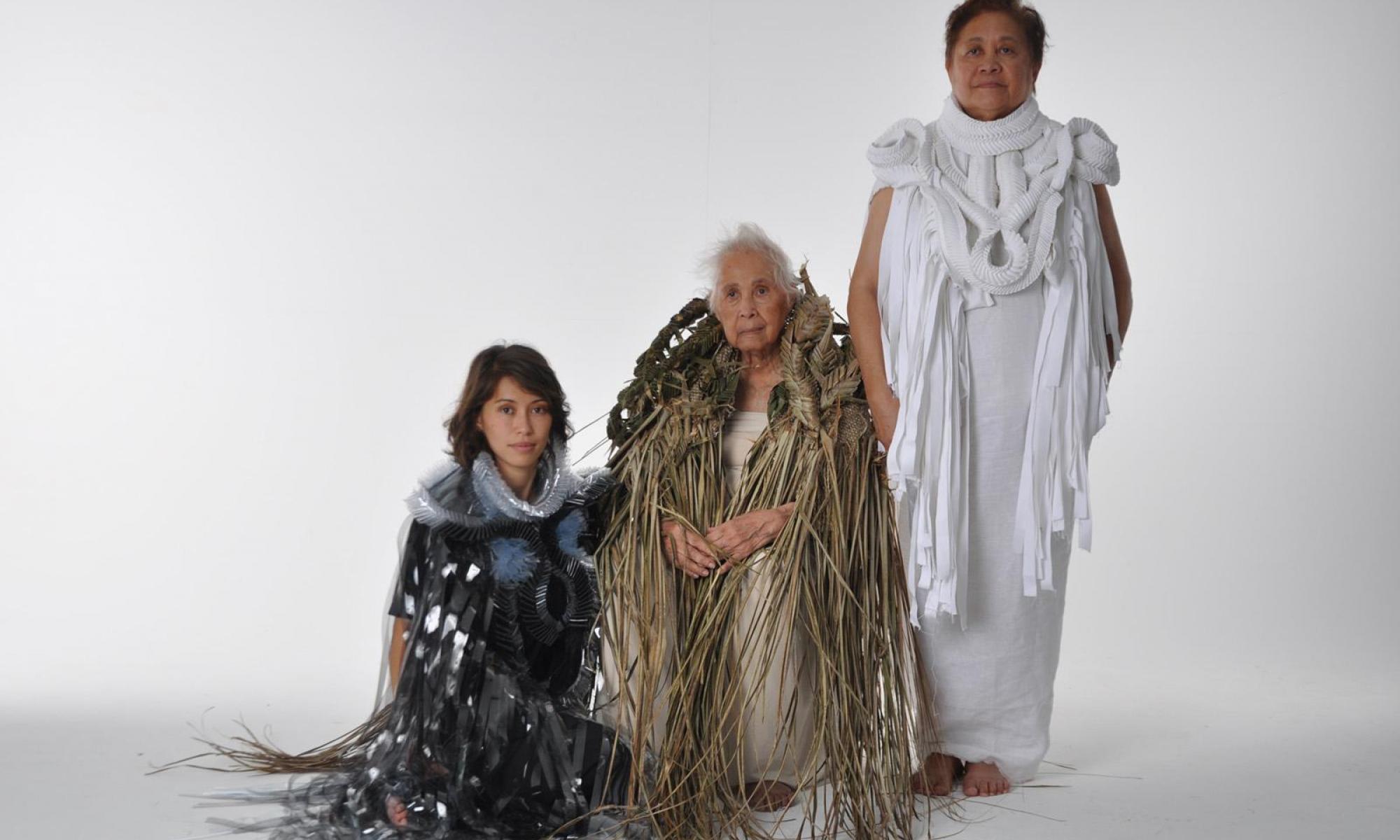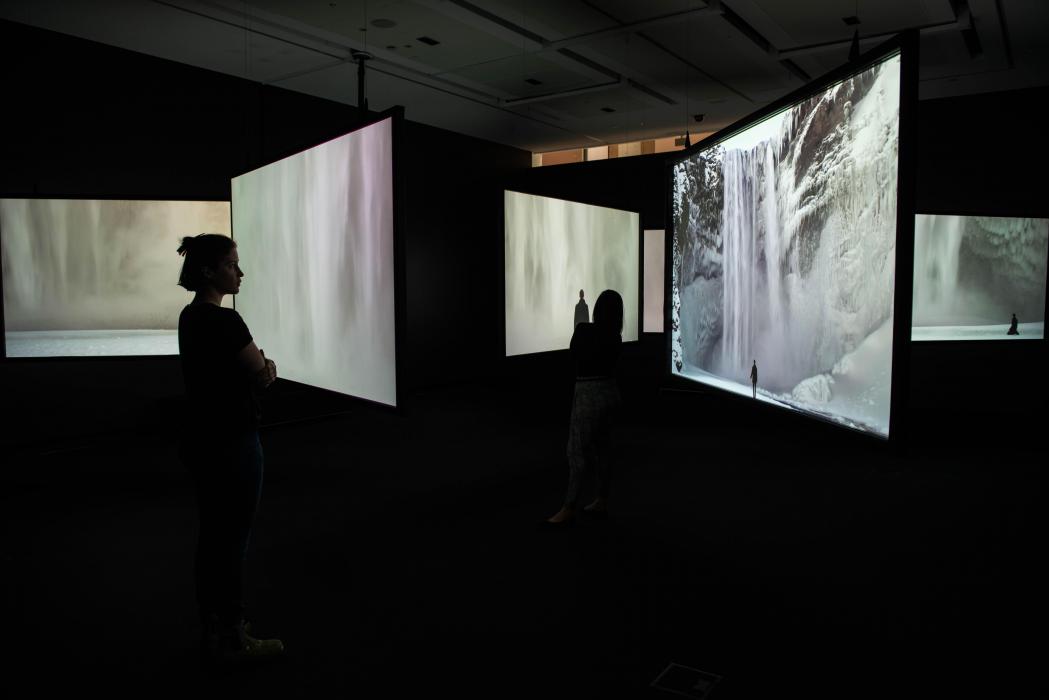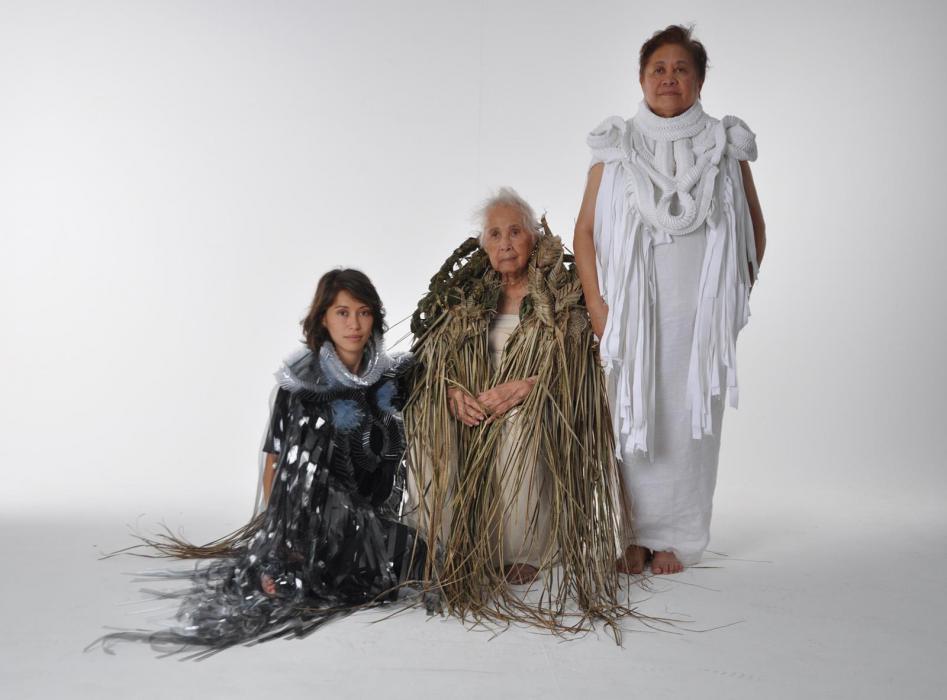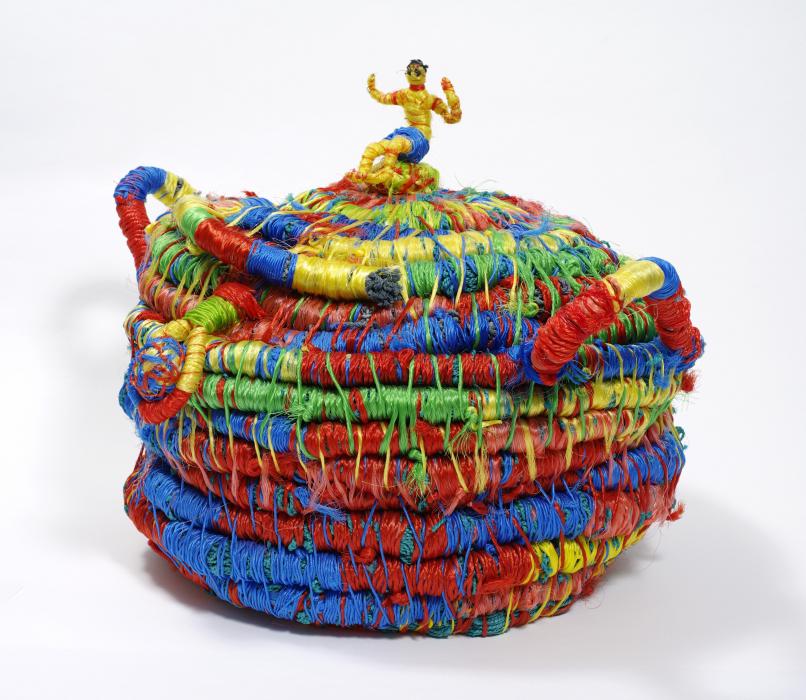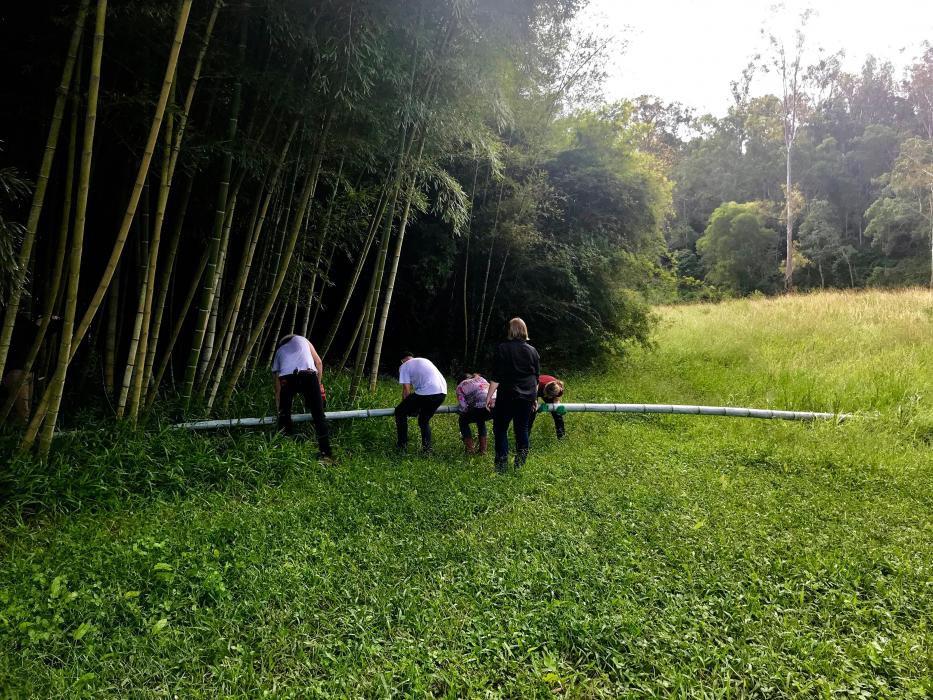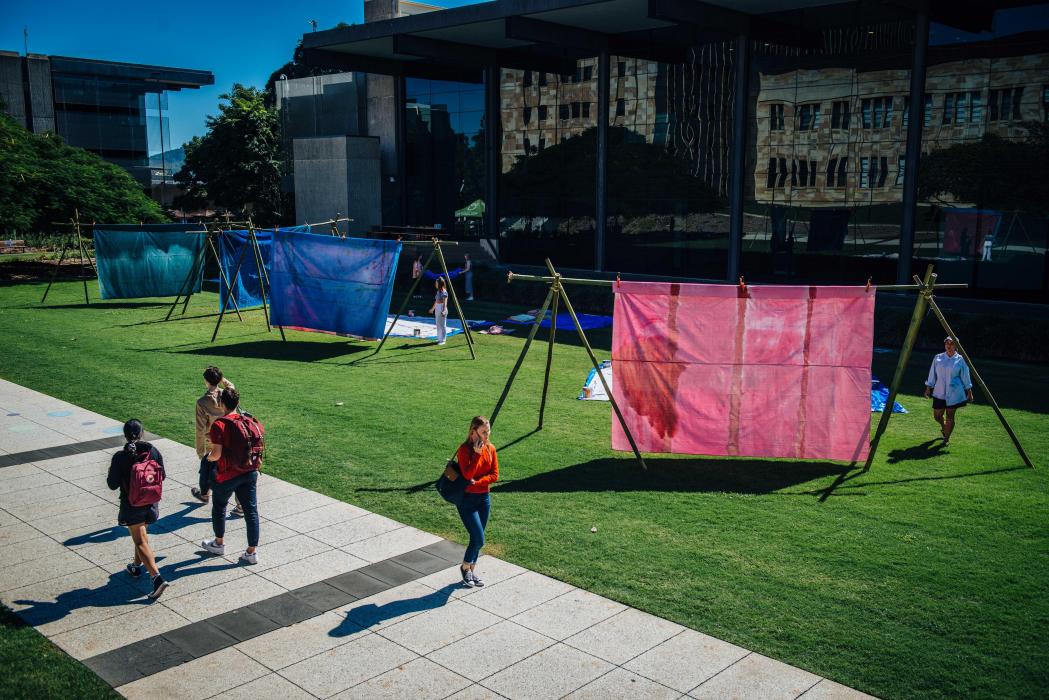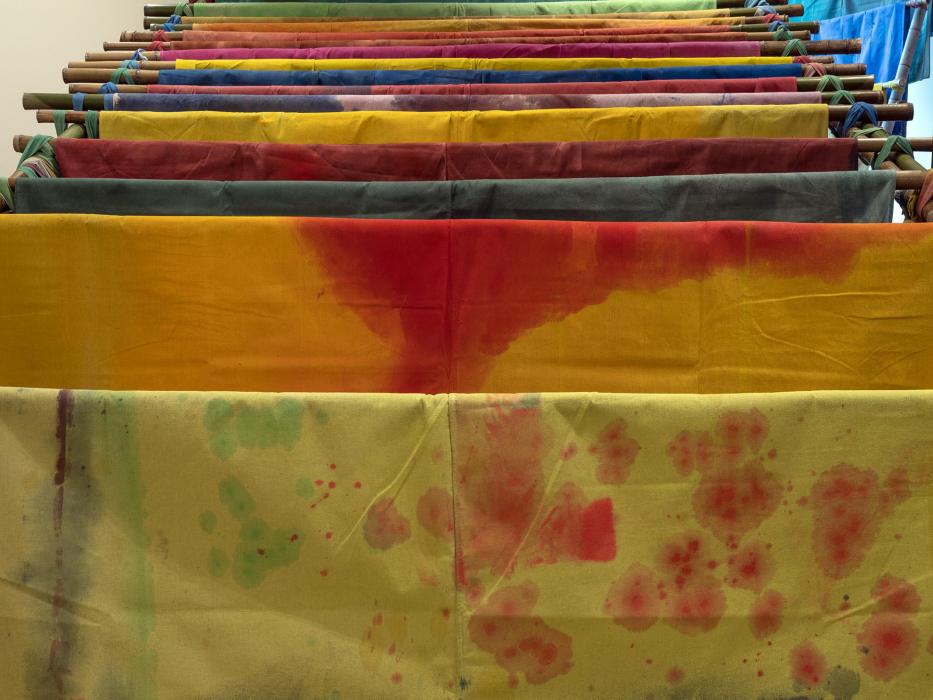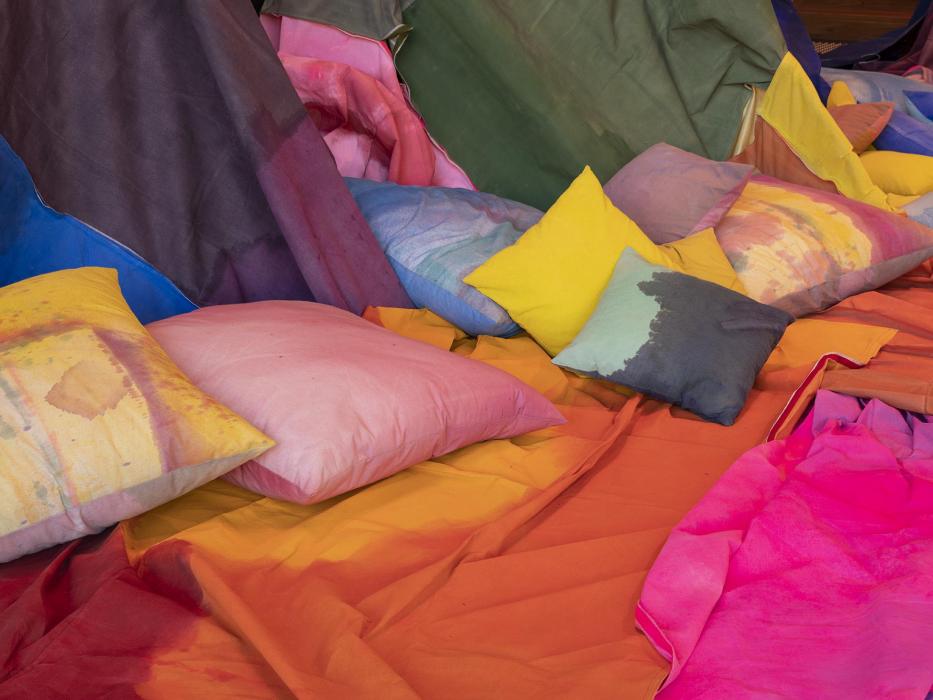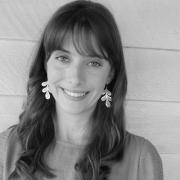Unlearning
A recent University of Queensland marketing campaign encourages students to ‘Own the Unknown’. In this time of global uncertainty, the University’s message acknowledges that students face fewer linear career pathways and more global disruption than in years past. Within this pedagogical space, The University of Queensland Art Museum presents Unlearning, a timely and bold conceptual art exhibition, which challenges the context of its display: an institution traditionally dominated by higher academic learning. An ambitious new exhibition format of extended duration, Unlearning comprises a diverse suite of artworks, commissions, collaborative projects and collection exhibitions. It represents the first in what will be a series of investigative shows collectively titled, ‘An Art Museum in Several Acts’, which aim to articulate the role of the Museum within its educational context. Unlearning, as act one, examines the importance of shedding entrenched knowledge in favour of new understandings based in empathy, experience and curiosity. [1]
Unlearning is not an exhibition about forgetting what we already know. Rather, it invites audiences to confront our internalised sources of knowledge, and instead ‘become comfortable with strangeness’, [2] a concept that resonates with the University’s endorsement of ‘the Unknown’. This exhibition presents an opportunity to liberate ourselves from established knowledge, and to renew the vantage points we have been encouraged to adopt. There is a certain courageousness to this concept, because ‘unlearning’ implies that we must shed our collective ego and accept the fact that current methodologies are failing. In this way, I speak of global and political failings, which perpetuate due to rigid and traditional modes of thinking. Unlearning therefore presents a global challenge, yet one that is perhaps best encountered through individual immersion.
If an act of ‘unlearning’ constitutes the shedding of knowledge, then how do we simply ‘unlearn’? One method, demonstrated by Perth artist Jacobus Capone, is the experience of bodily unlearning. Exhibiting in the Museum’s Gallery ‘A’, Capone’s multi-channel video Dark Learning (2015) situates the viewer within the vast arctic landscapes of Iceland. Comprised of seven chapters —itself an artwork of several acts—Capone documents himself performing choreographed movements which respond to his chosen landscapes. Each performance suggests discomfort, sometimes in the extreme: in one frame, he holds an ignited flare at arm’s distance for an eye-watering period; in another, he lays still on a sheet of ice just metres from a cascading waterfall.
Capone’s artwork addresses his interest in the Chinese discipline Xuanxue, a philosophical study of mystery and the unknown. [3] Indeed, his allusion to the profound is greatly enhanced by the minuteness of his form against expansive arctic beaches, glaciers, crackling bonfires and rocky embankments. From the perspective of the viewer he is at one with nature, though his body must have been screaming in opposition. Through this process, Capone forces himself to become comfortable with an uncomfortable reality—a concept that speaks to our current global climate of rainforest infernos and mass displacement.
Regeneration as a form of learning/unlearning is explored in Weaving the Way, an exhibition of Aboriginal and Torres Strait Islander art. The exhibition is curated by Ngugi woman Freja Carmichael, who belongs to the Quandamooka people of Moreton Bay. Carmichael expertly brings together the work of eighteen artists, presenting a counterpoint to the predominantly single-artist shows in Unlearning. [4] A key tether throughout her exhibition is the strength of intergenerational knowledge, especially through matrilineal ties- a form of inherited learning which is unrepresented in our western pedagogical framework. Many artworks in the exhibition also explore the gradual rejuvenation of ancestral weaving practices, following the destructive impacts of colonisation.
Torres Strait Islander artist Grace Lillian Lee has represented matrilineal connection in a poignant series entitled A Weave Through Time (2017). Her works include three spectacularly woven pieces of body adornment. The artworks appear in an accompanying video, depicting three generations of women who wear her woven forms as a signifier of unbroken ties and continuation of knowledge. Lillian Lee’s use of reflective polyurethane in one artwork reveals her highly inventive and adaptive weaving practice. Synthetic materials are also harnessed by artists Maria Ware (Moa Island) and Cecilia Peter (Pormpuraaw), whose vibrant forms are comprised of the ghost nets which insidiously trawl the sea capturing marine life, before washing up on Country. Ghost nets, a major contributor to the ocean plastics crisis, [5] have forced the hand of these artists to respond politically to a problem generated by a lack of unlearning: In this case, the inability to unlearn harmful fishing practices.
Ngugi woman Elisa Jane Carmichael has also experimented with found material in the form of a wire structure, which she has adorned with her looped and coiled forms. Carmichael’s recent weavings often encircle empty spaces, or ‘reoccurring voids’ as seen throughout the exhibition. [6] These voids are representative of the period through which traditional Quandamooka weaving practices were dormant. The reprisal of traditional Quandamooka weaving required a process of deep research, performed in large part by Sonja Carmichael, a weaver and mother to Freja and Elisa, who has passed this knowledge to her daughters. Almost all artworks in this exhibition demonstrate a re-learning of traditional weaving, while also representing the adaptation of this medium toward a contemporary future. Vitally, the continuation of weaving is a community effort, and one which the artists in Weaving the Way perpetuate within their collectives and families.
Artists are often perceived as solitary individuals, reductively viewed as tortured and soul searching. This portrayal is disrupted by artists such as Lara Merrett whose Unlearning installation High Stakes (2019) has truly raised the bar, or in this case, the bamboo. With the help of multidisciplinary studio Cave Urban, a company which builds artworks and commissions from sustainably harvested bamboo, Merrett has constructed an artwork and engaged a community. An artistic project of several acts, High Stakes phase one, involved a harvest. Over the course of one day, UQ Art Museum staff worked with the artist in a bamboo forest, sawing, carrying and transporting bamboo stalks, some of which were nine metres tall. As a member of Museum staff during this time, I was fortunate to participate in this experiential learning process.
Phase two of High Stakes brought collaboration to a more public level in the form of an outdoor studio situated outside the Museum façade. The bamboo found its first iteration in this studio, forming supports for Merrett’s large-scale canvases. Working in small groups, students from a diverse range of UQ disciplines were assigned a pot of acrylic paint prepared by the artist, who instructed them to saturate each canvas, leaving no visible brush marks. Each pot of acrylic was combined with water, creating a visceral and undulating effect once applied to canvas. The process of painting was a meditative one, which encouraged participants to embrace and become comfortable with the flowing and unpredictable nature of the paint. This ephemeral outdoor studio, adjacent to the grand sandstone university, presented an alternative and social classroom where physical and emotional connection allowed volunteers to unlearn what it means to be a studio artist.
Phase three: installation. Merrett’s work reached its final iteration within the Art Museum’s Gallery ‘D’. The canvases drape through the gallery suspended on bamboo, vertically and diagonally intersecting the space. Within the installation, the artist has also developed a communal area where her soft canvases delineate a section of floor designed for conversation and play. Within this shared space, Merrett has created an enclave of colour by constructing canvas ‘teepees’ which visitors can explore. The space is further enhanced by bright cushions, which the artist has fashioned from canvas offcuts. In this way we are invited to literally inhabit her artwork, and through our physical interventions make slight adjustments to its design. High Stakes was an experiential artwork at every stage, encouraging immersion in a process that challenged its participants to dually unlearn and merge the roles of artist and collaborator. The artist’s engagement with multi-disciplinary volunteers, in turn, brought to life an artwork representative of many vantage points, and many new learnings.
Unlearning demonstrates that there are many different ways of knowing additional to the cerebral, but not limited to: the familial, bodily, intuitive and collaborative. This is a multidimensional exhibition like no other, which sees its Curator, Peta Rake, flex some serious conceptual muscle. Its scope is not limited to the artists mentioned, as major projects by Elizabeth Willing and John Baldessari are also featured. [7] Hoda Afshar’s Remain (2019), a film which captures the cruel and ongoing detainment of refugees on Manus Island, is also displayed in the upstairs gallery. [8] While I acknowledge that former professional ties preclude me from presenting this writing as a review, I must make one recommendation: shed what you think you know and visit this exhibition, you might (un)learn something.
[1] The University of Queensland Art Museum, ‘Unlearning’, https://art-museum.uq.edu.au/whats/current-exhibitions/unlearning.
[2] Ibid.
[3] The University of Queensland Art Museum, ‘Dark Learning’, https://art-museum.uq.edu.au/whats/current-exhibitions/jacobus-capone-dark-learning.
[4] Exhibiting artists include: Delissa Walker, Abe Muriata, Davina Harries, Doris Kinjun, Daniel Beeron Galaman, Debra Murray, Eileen Tep, Emily Murray, Cecilia Peter, Maria Ware, Grace Lillian Lee, Janet Fieldhouse, Dorothy Short, Susie Pascoe, Hersey Yunkaporta, Rita Wikmunea, Hersey Yunkaporta, and Elisa Jane Carmichael.
[5] Lorin Hancock, World Wildlife Foundation, ‘Our oceans are haunted by ghost nets: Why that’s scary and what we can do’, https://www.worldwildlife.org/stories/our-oceans-are-haunted-by-ghost-nets-why-that-s-scary-and-what-we-can-do--22.
[6] Freja Carmichael, Weaving the Way exhibition room sheet.
[7] Elizabeth Willing’s Through the Mother (2019) involves a Window Commission (4 June 2019 – 18 January 2020) and Exhibition (10 September 2019 – 18 January 2020). John Baldessari’s Wall Painting was displayed at the Museum (26 July 2019 – 31 August 2019).
[8] (19 July 2019 – 18 January 2020).

